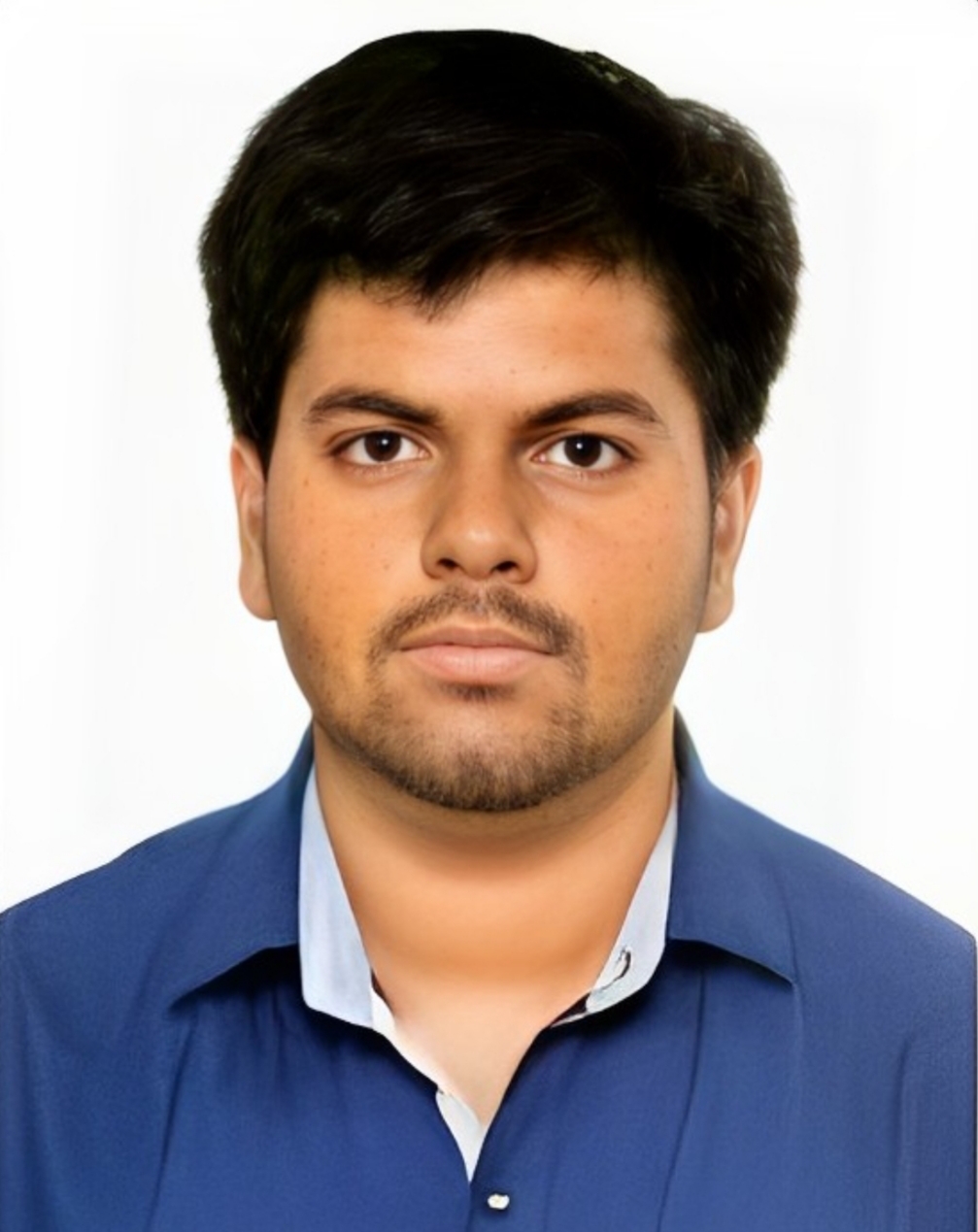India has made a remarkable leap in medical science by successfully utilizing gene therapy to treat Hemophilia A, a severe genetic blood disorder. This breakthrough, led by researchers from the Centre for Stem Cell Research (CSCR) at Christian Medical College (CMC), Vellore, marks a pivotal moment in the country’s healthcare history. For the first time, gene therapy has been used on Indian patients with astounding results—zero bleeding episodes over an extended period.
This revolutionary achievement offers hope to thousands battling this rare condition and highlights India’s growing capabilities in advanced medical research.
Hemophilia A is a rare genetic disorder caused by a deficiency of Factor VIII, a protein crucial for blood clotting. People with this condition experience spontaneous bleeding, which can be life-threatening if left untreated. Even minor injuries can lead to severe internal bleeding, affecting joints, muscles, and organs.
Globally, Hemophilia affects millions, but India ranks second in the number of cases, with around 1.36 lakh individuals struggling with this disorder. The daily lives of these patients are fraught with challenges, ranging from limited mobility due to joint damage to a dependency on expensive treatments for survival.
Traditional treatments involve regular infusions of Factor VIII, which are not only costly but also require frequent hospital visits, posing a logistical nightmare for patients, especially in rural areas. For children, these infusions can be particularly distressing, as they involve repeated needle pricks.
Gene therapy has emerged as a ray of hope for rare genetic disorders like Hemophilia A. Unlike traditional treatments that address the symptoms, gene therapy targets the root cause, replacing or repairing faulty genes to restore normal body function.
Researchers at CSCR have developed a novel approach using lentiviral vectors to deliver the functional Factor VIII gene directly into the patient’s blood stem cells. This method enables the body to naturally produce the clotting protein, reducing or eliminating the need for external infusions.
The use of lentiviral vectors is significant. While adeno-associated virus (AAV) vectors are commonly employed in gene therapy, they have limitations, including a smaller capacity for genetic material and immune system complications. Lentiviral vectors, on the other hand, are derived from retroviruses like HIV, but their harmful elements are removed, making them both safe and efficient for therapeutic use.
The study conducted by CSCR, supported by the Department of Biotechnology, involved five Indian patients diagnosed with severe Hemophilia A. The process began with collecting blood stem cells from the patients. Using lentiviral vectors, These cells were genetically modified to include a functional Factor VIII gene.
The modified cells were transplanted back into the patients, enabling their bodies to produce the clotting protein independently.
The results were nothing short of extraordinary. Over a follow-up period spanning 81 months, none of the participants experienced bleeding episodes. Factor VIII levels remained stable throughout, and the patients were able to lead normal lives without the burden of regular hospital visits or infusions.
India’s successful application of gene therapy for Hemophilia A has far-reaching implications:
1. Affordable Treatments for Rare Diseases: Gene therapy could drastically reduce the long-term costs associated with managing genetic disorders. While the initial therapy may seem expensive, the elimination of lifelong treatments and hospital visits makes it cost-effective in the long run.
2. Accessible Healthcare Solutions: By focusing on innovative treatments like gene therapy, India can address the healthcare needs of its vast rural population, where access to specialized medical facilities is limited.
3. Boosting Local Medical Research: This breakthrough demonstrates India’s capability to conduct world-class research and develop homegrown solutions, reducing dependency on foreign technologies and therapies.
The success of this study offers a lifeline to thousands of families in India struggling to cope with the emotional and financial burden of Hemophilia A. For many, this condition has been a lifelong sentence of pain and restrictions. Gene therapy promises freedom from these challenges, allowing patients to lead healthier and more fulfilling lives.
While this breakthrough is a cause for celebration, several challenges remain:
1. Scaling Up: Making gene therapy widely available requires significant investment in infrastructure, skilled personnel, and technology.
2. Cost: The therapy is currently resource-intensive, making it unaffordable for many families. Strategies to subsidize costs and ensure equitable access are critical.
3. Long-Term Safety: Although the results so far are promising, more research is needed to assess the long-term effects of lentiviral gene therapy.
4. Regulatory Hurdles: Implementing advanced therapies involves navigating complex regulatory frameworks. Streamlined approval processes can help bring these treatments to market faster.
Despite these challenges, the future looks promising. India’s foray into gene therapy is not just a victory for Hemophilia patients but a stepping stone toward tackling other genetic disorders. As research progresses, the scope of gene therapy could expand to include conditions like sickle cell anaemia, thalassemia, and even certain forms of cancer.
Moreover, this achievement highlights the importance of investing in cutting-edge medical research. With adequate funding and support, India could emerge as a global leader in gene therapy, offering hope to millions worldwide.
India’s first successful application of gene therapy for Hemophilia A is a testament to the power of innovation and perseverance. By using advanced techniques like lentiviral vectors, researchers have not only provided a solution to a complex medical problem but have also lead the way for a new era in healthcare.
This breakthrough reminds us that science, when combined with compassion, can overcome even the most daunting challenges. For Hemophilia patients in India and beyond, gene therapy offers the promise of a life free from pain, dependency, and limitations—a true testament to the transformative power of modern medicine.

 By using advanced techniques like lentiviral vectors, researchers have not only solved a complex medical problem but also opened a new era in healthcare.
By using advanced techniques like lentiviral vectors, researchers have not only solved a complex medical problem but also opened a new era in healthcare.












.jpeg)



















.jpg)
.jpeg)